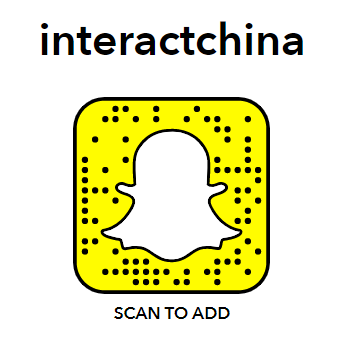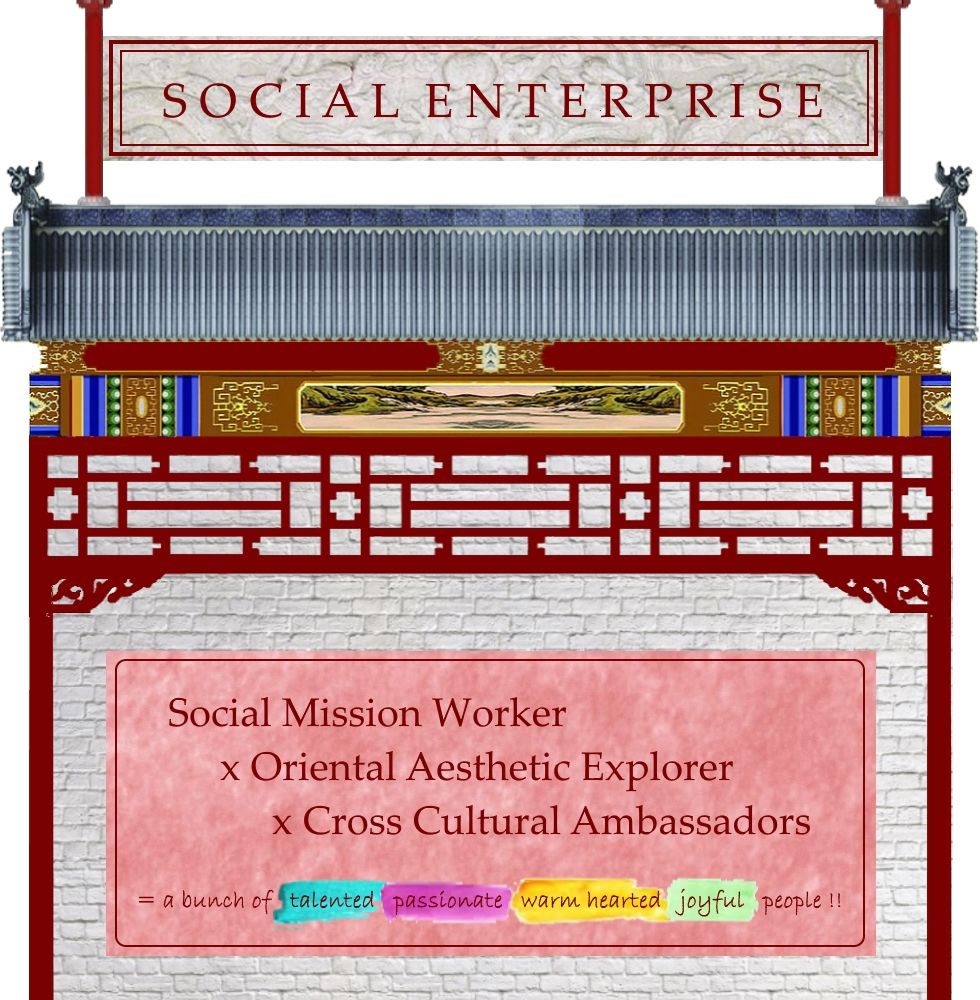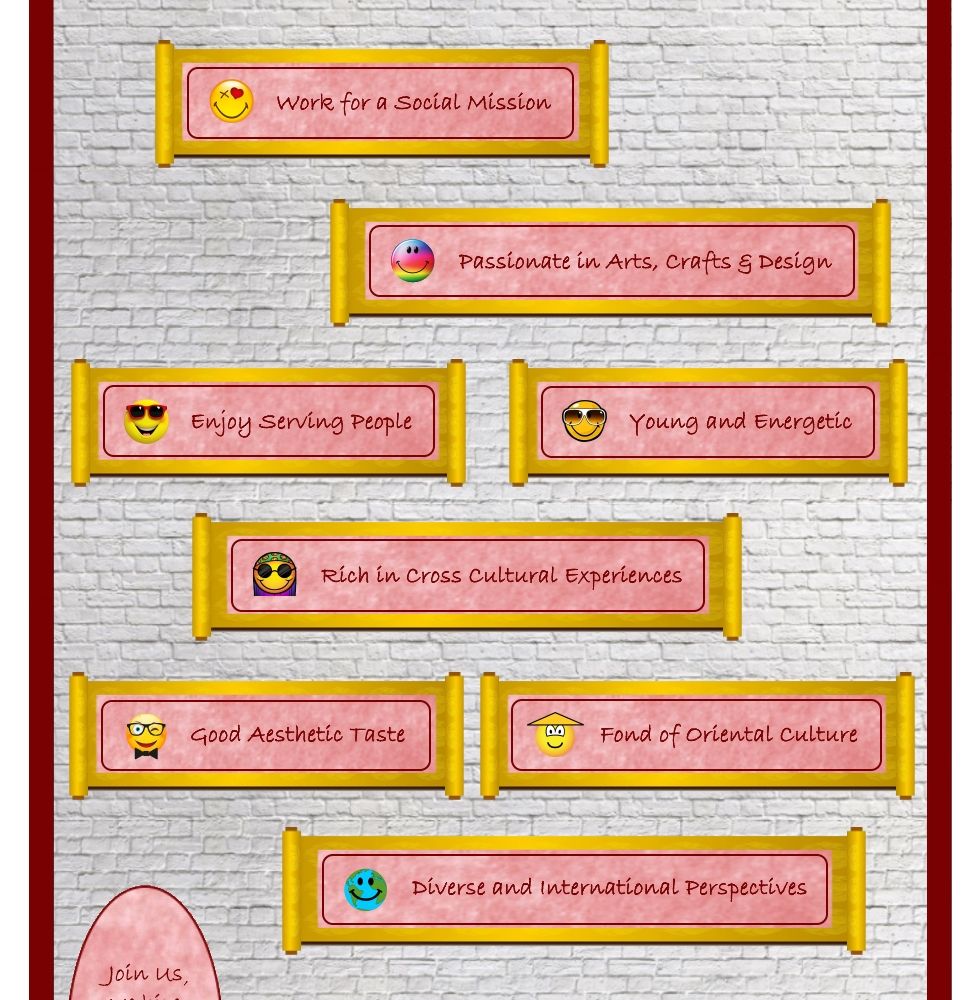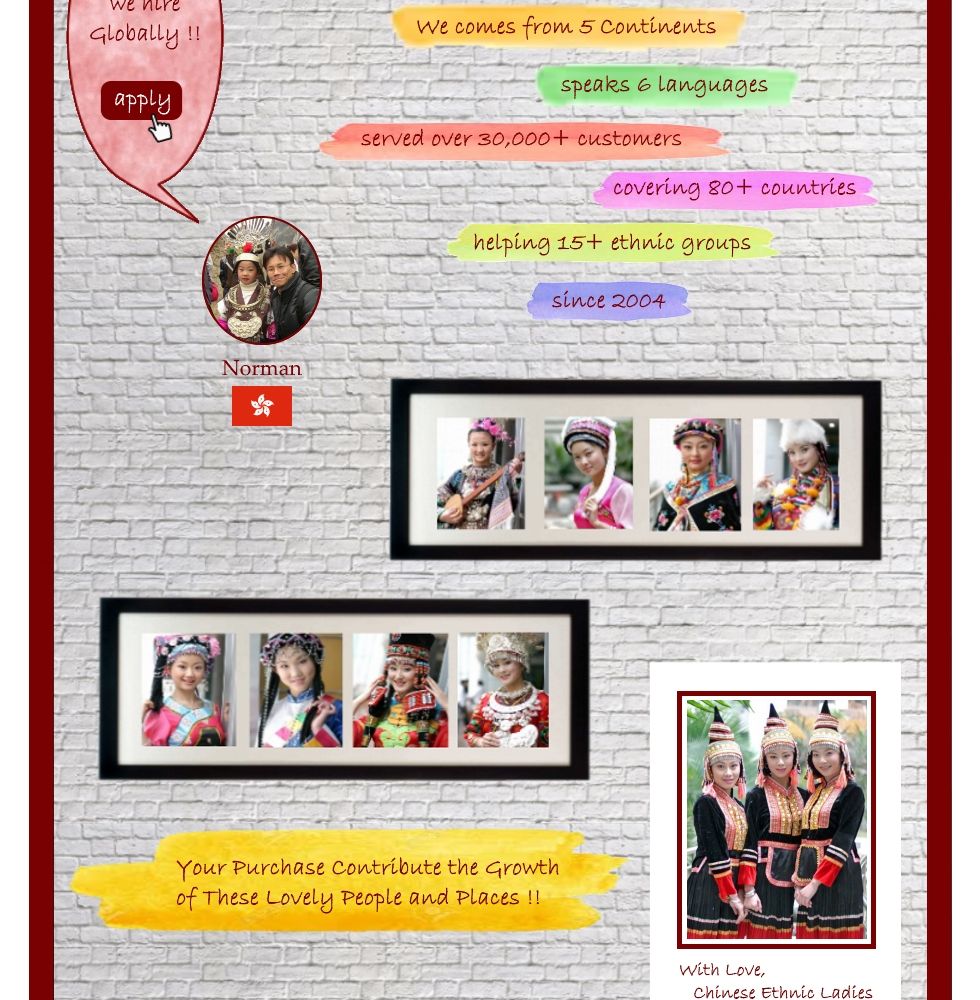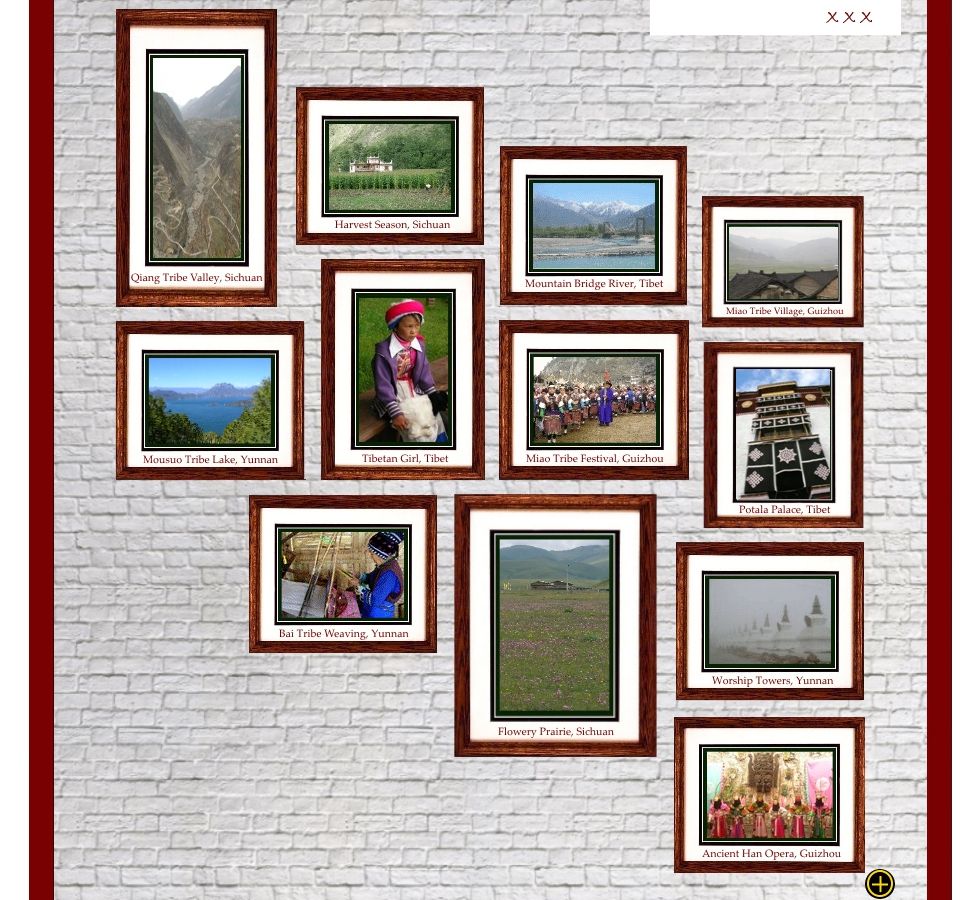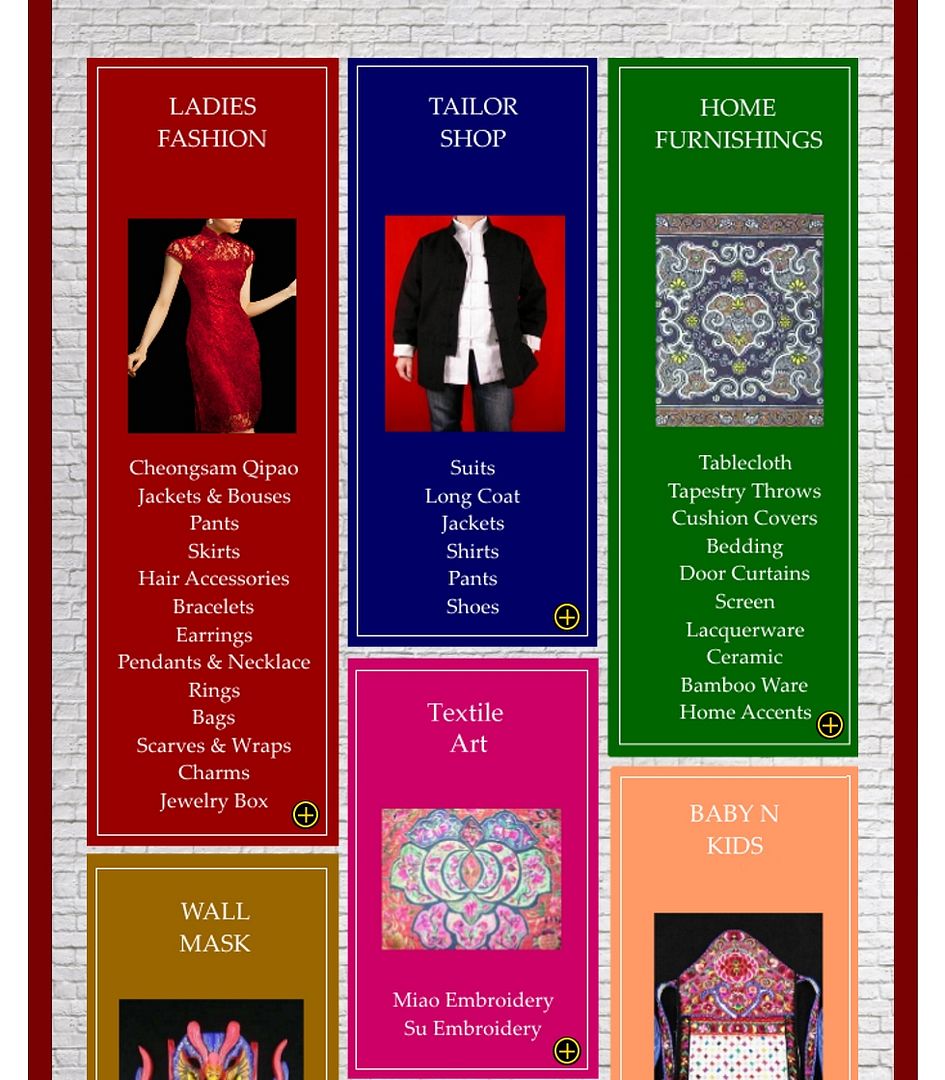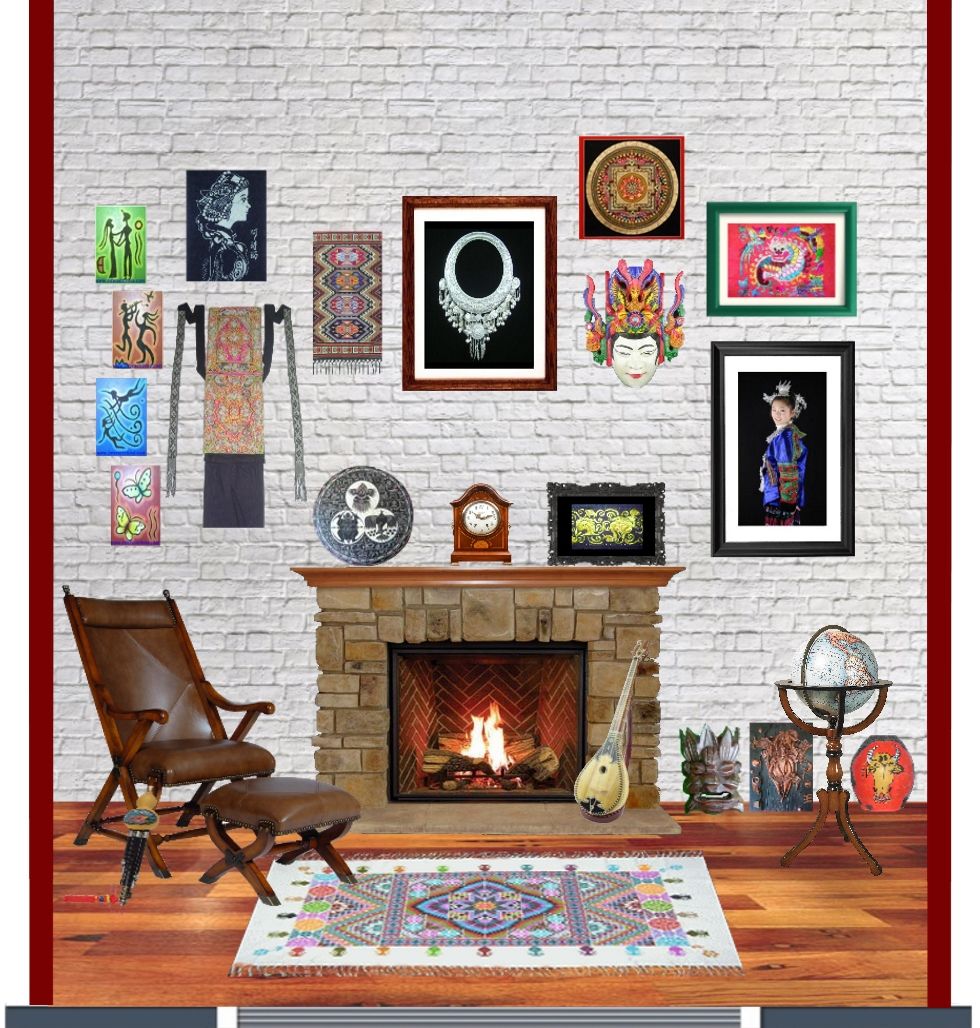Tujia Brocade-Xilankapu
8th Jun 2017
Deep in the remote, mountainous region of Western Hunan Province lives one of the largest minority groups in China. They are called “Tujia,” which literally means the “Soil Family.”
In August, the osmanthus flowers blossom and send forth fragrance.
The Tujia girls are busy weaving brocade.
The fragrance drifts far away,
But the brocade girls’ cloth stretches even further.
– Song of Weaving Girls, traditional Tujia song
People of the Tujia ethnic minority are adept at the handicrafts of stone carving, embroidery, paper-cuts and textile printing. But they are most famous for their brocade. Tujia brocade has a history of 2,000 or more years and embodies the basic features of brocade weaving system of Chinese ethnic groups. It’s a very special skill and is on the UNESCO Intangible Cultural Heritage list.
 |
The Tujia people are good at brocade weaving. The Tujia brocade is known with the name of “Xilankapu”.
Features
Xilankapu, also known as ‘Knitting Floral Bedclothes’, is a Tujia masterpiece. Woven on a simple, ancient wooden waist loom via 12 procedures, this kind of brocade, thick and durable, simple but gorgeous, is reputed to be one of the three most famous brocades in southwestern China.
 |
On weaving machines with narrow lathes, it is woven by hand, with blue, black, red, and white threads going lengthwise and, silk, cotton, and wool of many kinds of colors going across. It has an energetic structure, bright and beautiful colors, and unique patterns, showing significant artistry. It is the quintessence of Tujia folk art. In 2006 it was listed in the state-level intangible cultural heritage.
Significance
More than four hundred kinds of traditional decorative patterns on Tujia brocade are unique forms of expression of Tujia ethnic cultural psychology and cultural heritage of different times. The patterns, favoring landscapes, trees, flowers, and animals, reflect their paying homage to nature, and their deep love for life.
 |
With no written language, the Tujia people have relied on their traditional craft of brocade weaving to record their history and pass it on to future generations. Through the designs in the brocade, the Tujia people express their understanding not only of history, but of life, society, nature and, of course, art.
Nowadays, thousands pieces of Xilankapu have been sold all over the world every year through e-commerce and modern logistics so that people outside can know more about the culture of Tujia Minority and the market also gives a new life to the cultural heritage.
by Xiao Xiao xiaoxiao@interactchina.com
About Interact China
-----------------------------------------------------------------------------------------------------------------------------
"A Social Enterprise in E-commerce Promoting Oriental Aesthetic Worldwide"
Aileen & Norman co-founded Interact China in 2004 with specialization in fine Oriental Aesthetic products handmade by ethnic minorities & Han Chinese. Having direct partnerships with artisans, designers, craft masters and tailors, along with 10 years solid experience in e-commerce via InteractChina.com, we position well to bridge talented artisans in the East with the rest of the world, and bring you direct finely selected products that are of good quality and aesthetic taste.
So far we carry 3000+ goods covering Ladies Fashion, Kungfu Clothing, Home Furnishings, Babies & Kids, Painting Arts, Textile Arts, Carving Arts, Tribal Jewelry Art, Wall Masks and Musical Instruments. Our team speak English, French, German, Spanish and Italian, and serve customers worldwide with passion and hearts.
-----------------------------------------------------------------------------------------------------------------------------
P.S. We Need People with Similar Passion to Join Our Blogging Team!
If you have passion to write about Oriental Aesthetic in Fashion, Home Decor, Art & Crafts, Culture, Music, Books, and Charity, please contact us at bloggers@interactchina.com, we would love to hear from you!






